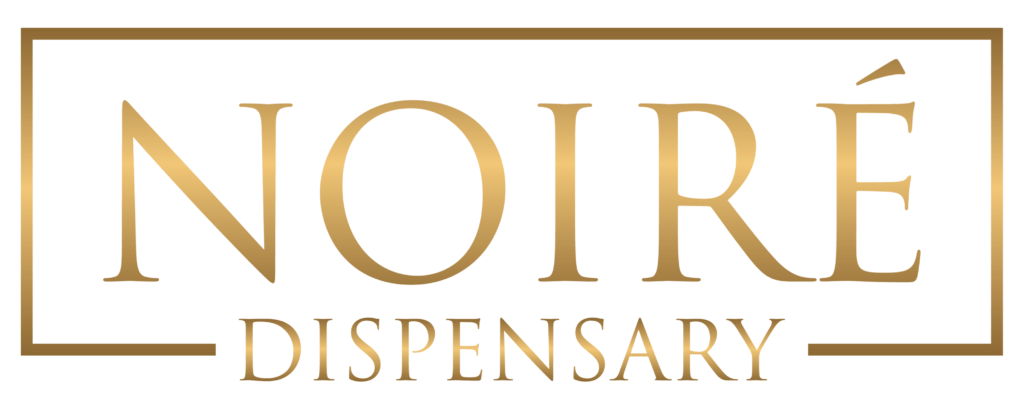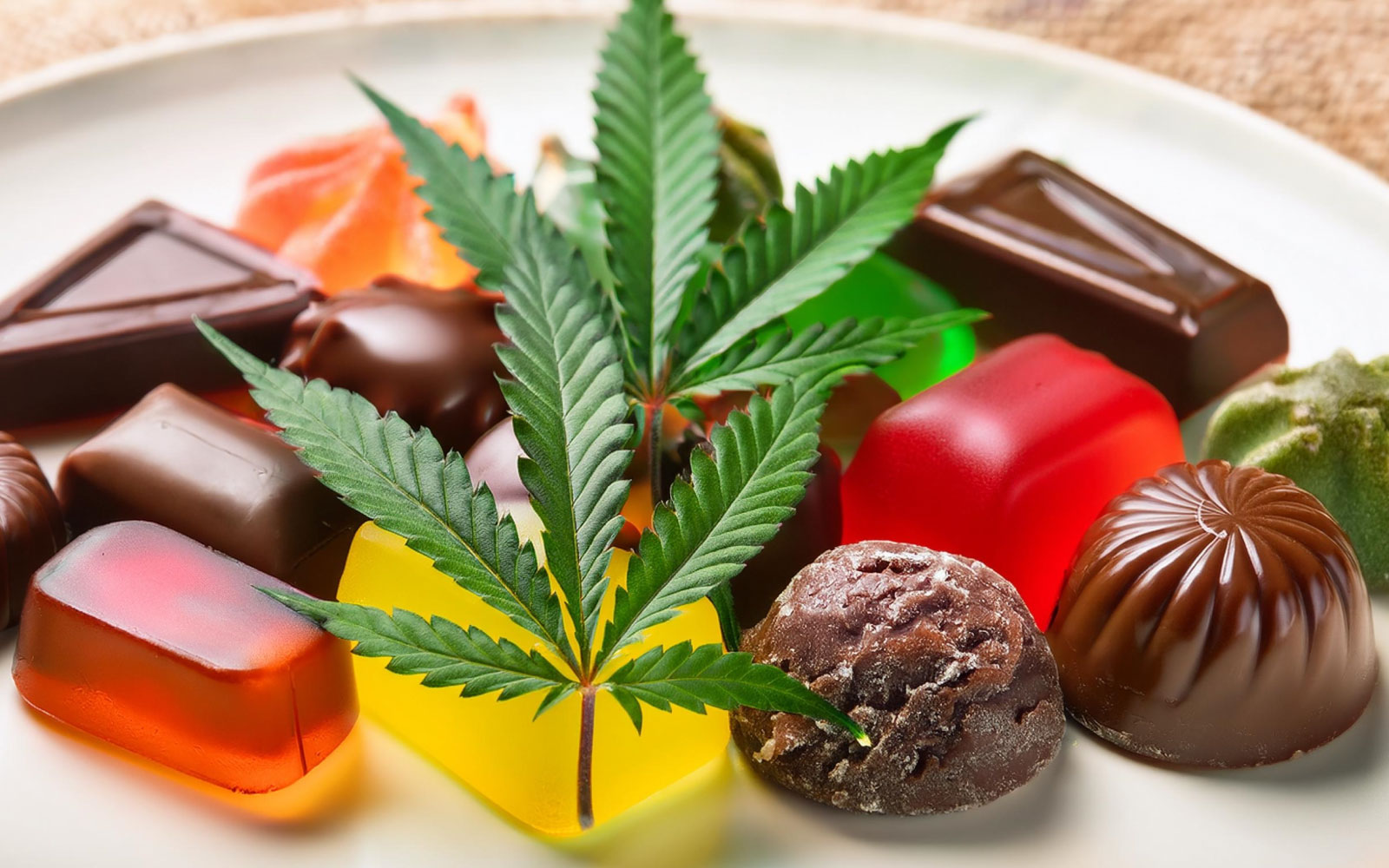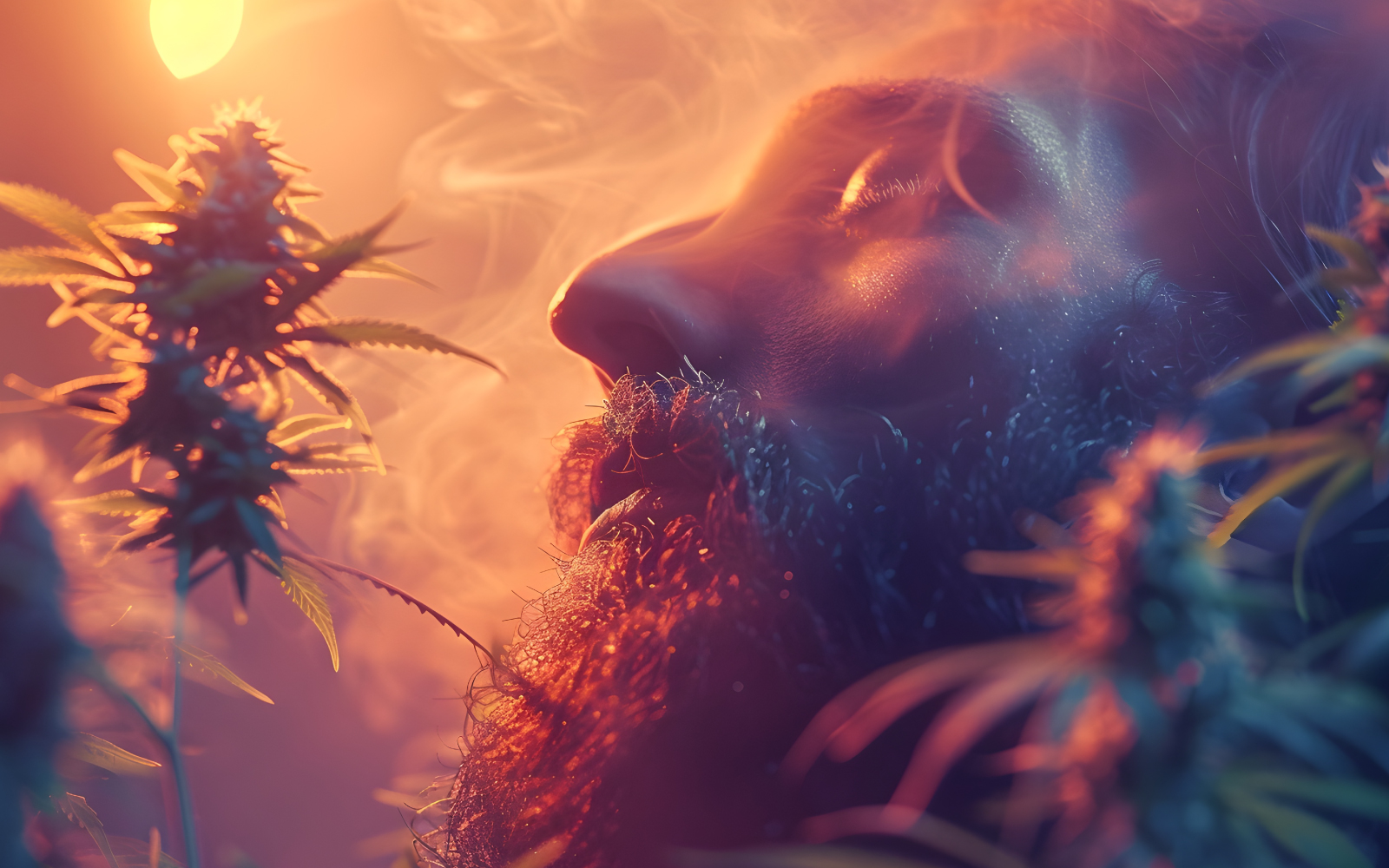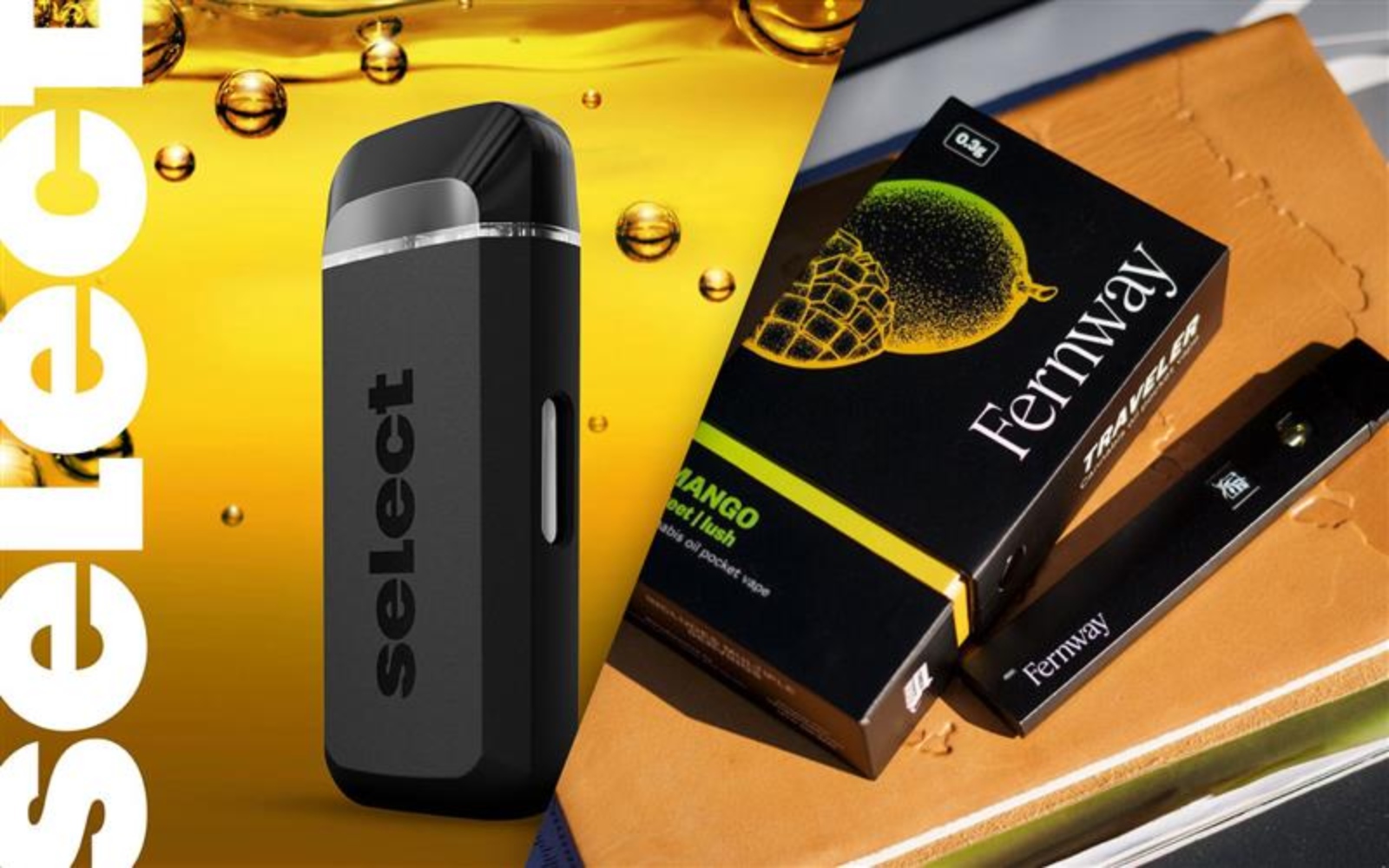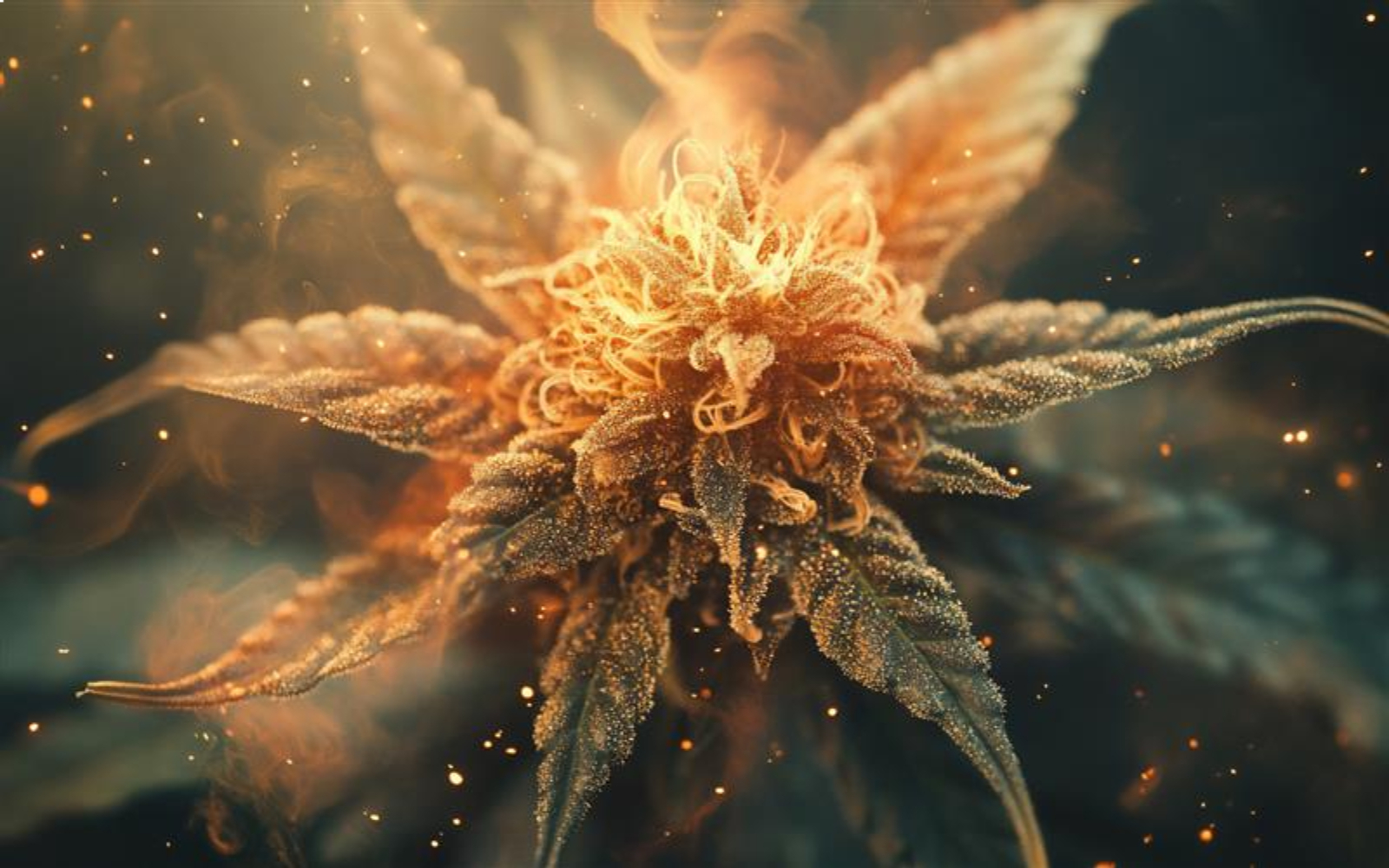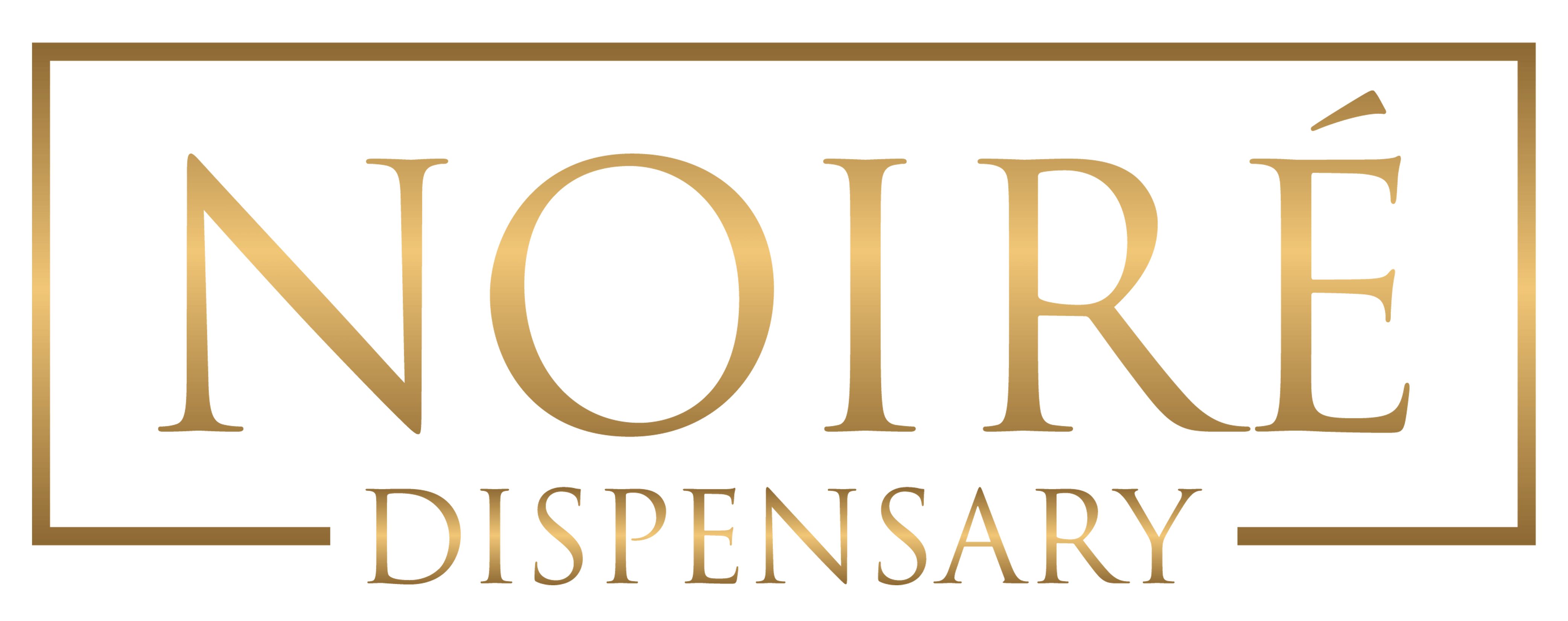Recent years have seen tremendous changes in the cannabis business. Once mostly controlled by dried flowers and conventional smoking techniques, the industry has evolved into a varied ecosystem of creative ideas. Among the most interesting and quickly changing markets is cannabis edibles.
Edibles have advanced from basic brownies to micro-dosed mints and high-tech nanoemulsions. Modern cannabis stores provide an amazing range of choices combining scientific accuracy, gastronomic inventiveness, and modern technology. Let’s explore how infused innovation is changing cannabis edibles and what it means for consumers, producers, and the industry going forward.
A Brief History of Cannabis Edibles
Cannabis-infused edibles aren’t new. People have been consuming cannabis in food for thousands of years. In ancient India, for example, a traditional drink called bhang-made with cannabis paste, milk, and spices-has been used in spiritual and medicinal contexts for centuries.
In more recent times, the most iconic edible became the homemade pot brownie, a staple of underground cannabis culture in the 1960s and ’70s. These early versions were imprecise in dosage and inconsistent in effects.
The rise of legalization brought with it a shift toward standardization, safety, and sophistication. As more states (and countries) legalized cannabis for medical and recreational use, producers began to reimagine edibles as a legitimate, professional product category.
Today’s Edibles: A Diverse Landscape
Modern dispensaries stock a wide variety of edibles to suit different tastes, dietary needs, and lifestyles. Here are some of the most popular categories:
- Gummies and Chews
Gummies are the top-selling edible in most legal markets. They’re discreet, easy to dose, and come in a wide range of flavors and potencies. Some even offer specific cannabinoid blends, like THC/CBD ratios or inclusion of CBN for sleep support.
- Baked Goods
Brownies, cookies, and cakes are still popular but have been elevated to gourmet levels. Many are now gluten-free, vegan, or made with organic ingredients to cater to health-conscious consumers.
- Beverages
Cannabis-infused drinks are one of the fastest-growing categories. These range from sparkling waters and sodas to teas, coffees, and non-alcoholic “mocktails.” The appeal lies in their social and refreshing nature, especially with new fast-acting formulas.
- Chocolates and Candies
From artisan truffles to nostalgic hard candies, these products combine indulgence with precise dosing. Many feature luxury packaging and high-quality ingredients like single-origin cocoa.
- Savory Snacks
Not all edibles are sweet. Some brands are experimenting with popcorn, chips, crackers, and even infused condiments like olive oil or hot sauce, offering new ways to integrate cannabis into everyday eating.
- Capsules and Tablets
For those seeking a no-nonsense, tasteless method, capsules and tablets are a great option. They’re discreet, portable, and often used by medical patients who require consistent dosing.
The Science Behind the Innovation
One of the most significant drivers of edible evolution is science and technology. Cannabis is a complex plant with over 100 known cannabinoids, and modern science is finding new ways to extract, manipulate, and deliver these compounds more effectively.
Nanoemulsions and Fast-Acting Edibles
Traditional edibles take 30 minutes to 2 hours to take effect because the cannabinoids must be digested and processed by the liver. This delay can make dosing tricky, especially for beginners.
Enter nanoemulsion technology-a process that breaks cannabis oil into microscopic particles that can be absorbed more quickly through the mouth and stomach lining. This leads to:
- Faster onset times (as little as 10-15 minutes)
- More predictable experiences
- Improved bioavailability (you feel more of the dose)
Fast-acting edibles are revolutionizing how people think about cannabis-infused products, making them more suitable for social use and spontaneous consumption.
Precision Dosing
In the early days, you never really knew how strong an edible would be. Today’s products are lab-tested and clearly labeled, often with specific dosing recommendations. Microdosing (1-2.5mg THC) is increasingly popular, especially among newcomers or those who want subtle effects without intoxication.
Precision also allows for targeted experiences-whether it’s a “sleep” gummy with melatonin and CBN, or a “focus” mint with a Sativa-dominant terpene blend.
Cannabinoid Cocktails: More Than Just THC
While THC remains the star of most edibles, manufacturers are now incorporating a variety of minor cannabinoids to tailor the user experience. Some of the most common include:
- CBD: Non-intoxicating, promotes relaxation, reduces anxiety.
- CBN: Known for sedative properties, often found in sleep aids.
- CBG: May enhance focus and mood.
- THCV: Thought to suppress appetite and promote clarity.
These blends give consumers more control over how they want to feel, marking a shift toward wellness-focused edibles.
Culinary Artistry Meets Cannabis
As the stigma around cannabis fades, more chefs and culinary professionals are joining the space. Edibles are now being crafted with the same care and creativity as fine dining dishes.
Some trends include:
- Farm-to-table edibles: Using locally sourced ingredients and seasonal flavors.
- Gourmet packaging: Elegant boxes and wrappers that wouldn’t look out of place in a high-end chocolate shop.
- Collaborations with chefs: Pop-up cannabis dinners and branded chef collaborations are growing in popularity.
These artistic efforts are helping shift edibles from “stoner snacks” to refined, lifestyle products.
Dispensary Experience: Educated and Elevated
Walking into a dispensary today is more like entering a boutique or wellness spa than a head shop. Budtenders are trained to help guide consumers based on their goals and preferences.
Edibles are often displayed with information about:
- Onset time
- Cannabinoid profile
- Effects (e.g., relaxing, energizing, creative)
- Flavor and ingredients
- Dietary considerations (vegan, gluten-free, sugar-free)
Many dispensaries also offer tasting bars (for non-infused versions), educational events, or samples to help people make informed choices.
Trends Shaping the Future of Edibles
Innovation in cannabis edibles isn’t slowing down. Here are some of the key trends and predictions shaping the future:
- Functional Wellness Products
Edibles are increasingly seen as tools for wellness, not just recreation. Expect to see more products that combine cannabis with adaptogens, vitamins, or nootropics for enhanced health benefits.
- Personalized Formulations
As DNA testing and biometric tracking become more advanced, the future may hold personalized cannabis-edibles tailored to your body chemistry, goals, and even daily schedule.
- Sustainable Packaging
Eco-conscious consumers are driving brands to adopt compostable wrappers, recyclable containers, and minimal plastic usage.
- Alcohol Alternatives
With more people cutting back on alcohol, cannabis beverages are emerging as a healthier, hangover-free alternative for social occasions.
- Mainstream Integration
We’re seeing cannabis edibles move beyond dispensaries and into everyday life. Think infused dinners, cannabis cafes, or ready-to-drink beverages in bars-depending on regulatory evolution.
Conclusion
Cannabis edibles have matured from a niche novelty to a sophisticated, multifaceted product category. Thanks to innovations in science, design, and culinary arts, consumers now enjoy safer, tastier, and more personalized experiences than ever before.
Whether you’re a curious newcomer or a seasoned user, today’s dispensaries offer a world of options to explore. As the edible landscape continues to evolve, one thing is clear: the future of infused cannabis is bright-and delicious.

